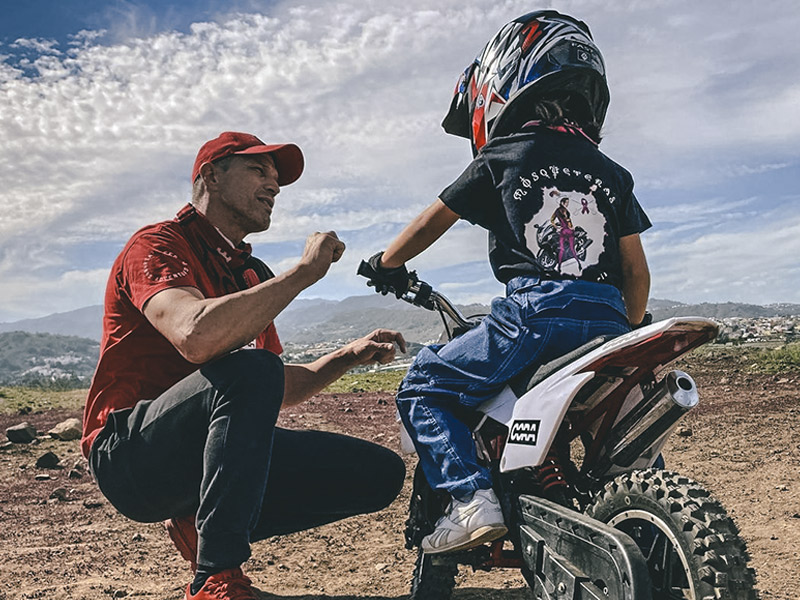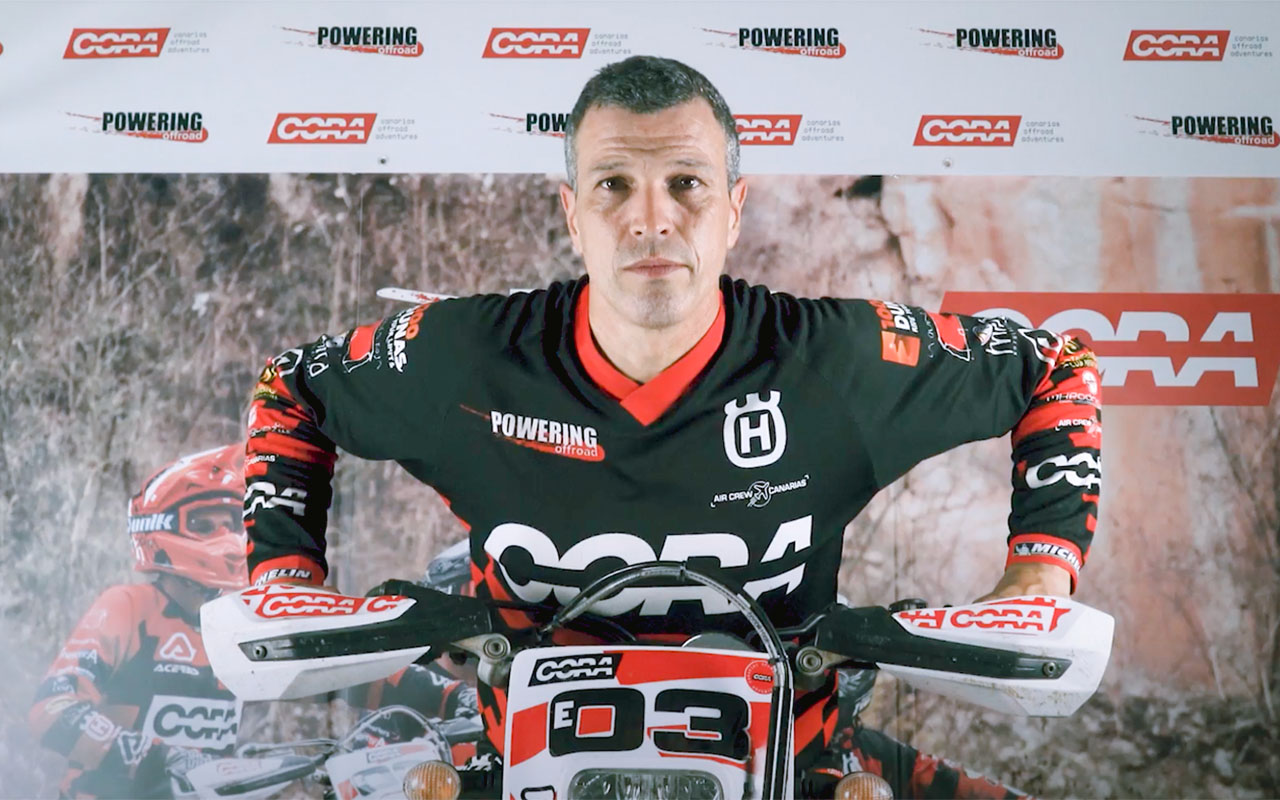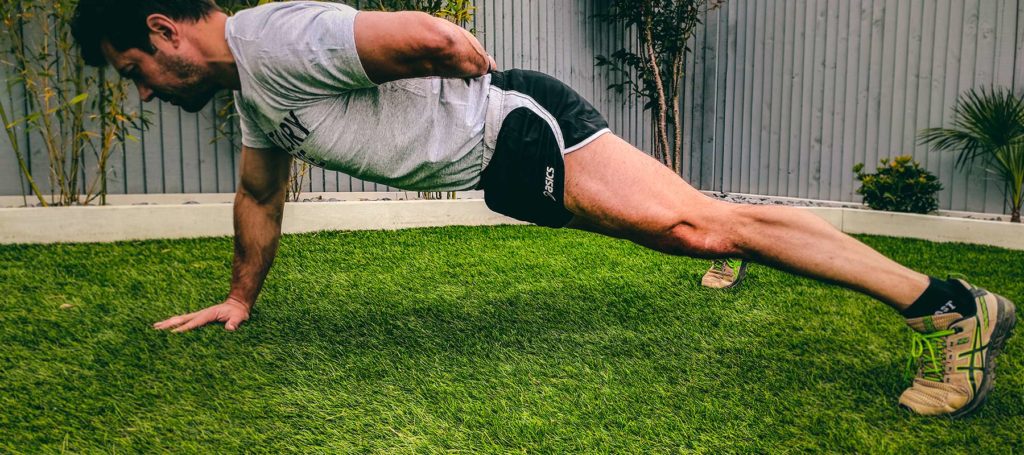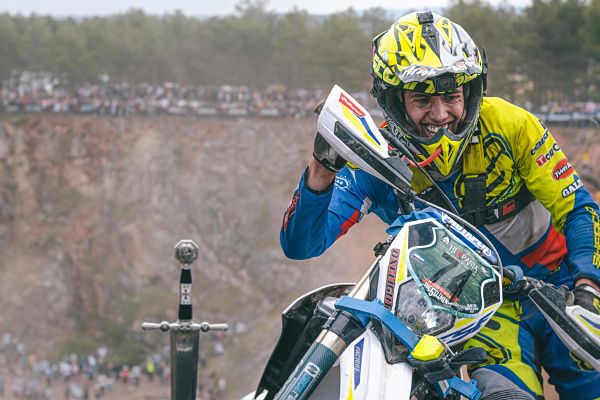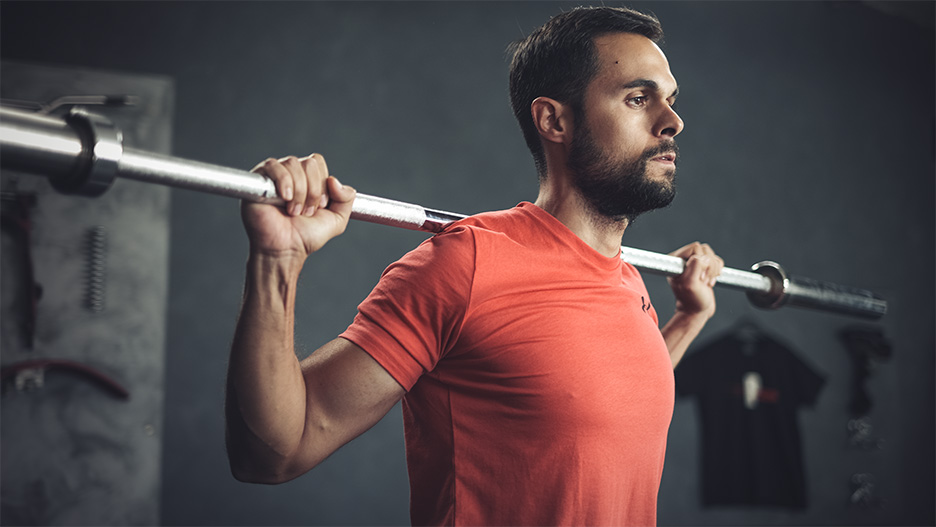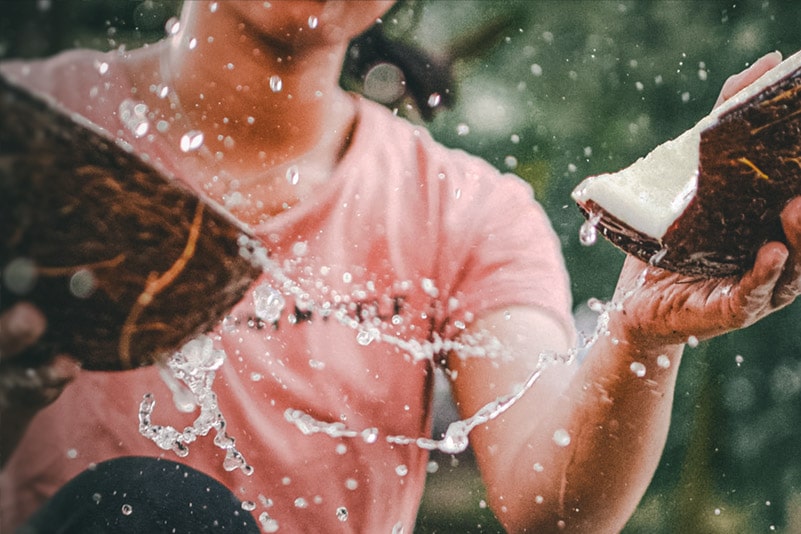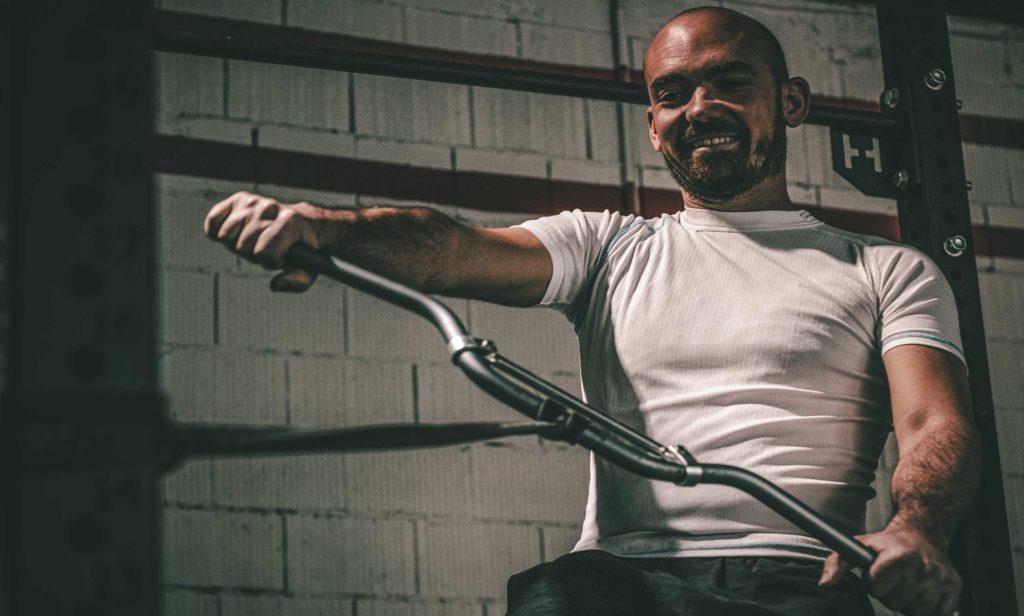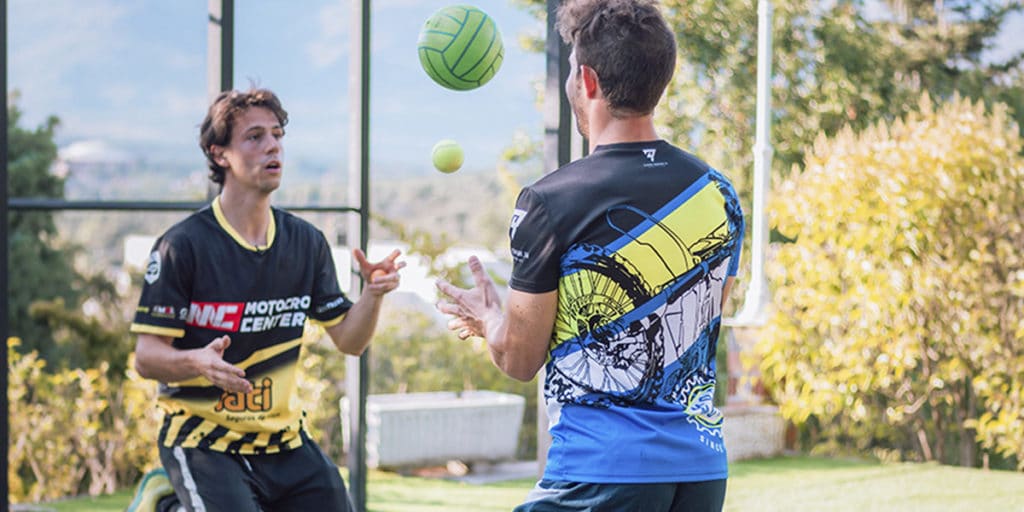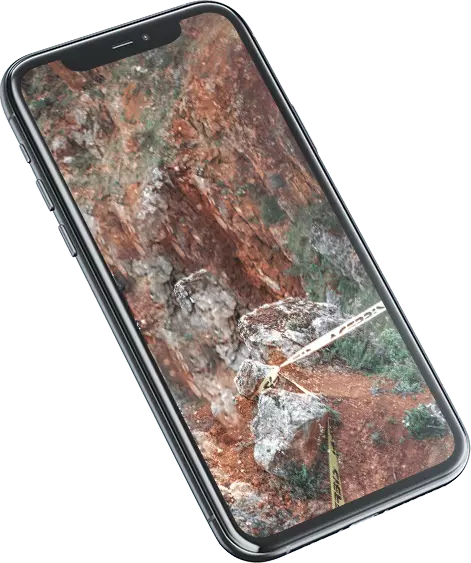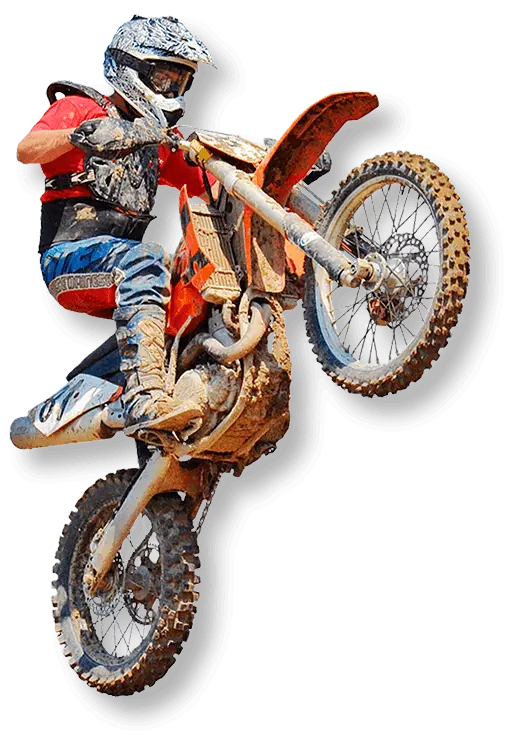It doesn’t matter too much if it’s a 5-year-old child, or if you already have a few hairs to comb, the possibility of learning how to ride a motorcycle makes your tummy tingle.
It’s a matter of daring to jump into the pool to get that incredible sensation that your rider friends always talk about. Do you want to share adventures with them? There’s always time.
Before starting, the essential lesson number 1: Always wear a helmet, no exceptions.
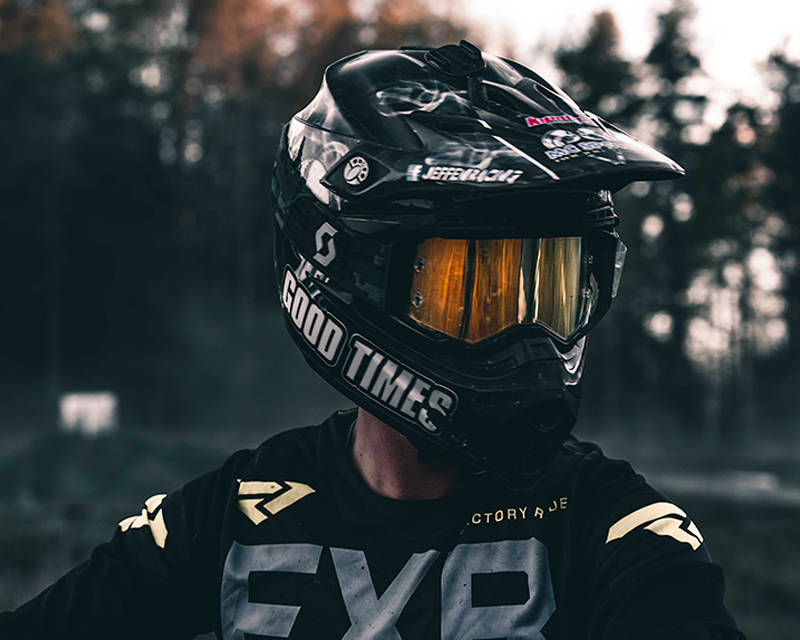
The clutch: your first friend in learning to ride a motorcycle
We always think of accelerating or braking, these are two functions that are very natural and intuitive to us. But if you have never ridden a motorcycle, the first thing you should learn is how to operate the clutch.
You should know that the movement of the engine is separated from the wheel by the clutch.
If you take a motorcycle for the first time and release the clutch abruptly or give it too much gas, your body weight will go backward, lock your wrist and you will not be able to decelerate.
If you learn to control the clutch, just by flexing your fingers you will be able to separate the movement of the engine from that of the wheel and the bike will not keep pushing no matter how hard you accelerate.
Once you learn to control the clutch you can start and accelerate. Once you start, move forward 3 or 4 meters and brake again to repeat the movement. This will allow you to get the hang of the clutch and when you control this reflex you will be much safer.
Extra tip: Release the clutch first, wait for the bike to start moving, and then press the throttle.
This way you will make sure that the bike doesn’t rev up so much. If you do it this way, the bike will be much more controllable for you, and therefore safer.
Want to drastically improve how you riding skills?
How to drive motorcycle: highway vs dirt bike riding
How hard is it to learn to ride a motorcycle in the dirt? Many people ask this question, even with some fear.
The truth is that the risk depends on many things, and while dirt roads are not necessarily more dangerous, it is not the same to learn to ride a motorcycle on dirt or asphalt.
If you are an off-road enthusiast, you should incorporate some good practices, essential for your riding.
But you should not leave the asphalt aside either. To be a complete rider it is important that you adapt yourself and that is why we will see some keys and differences that must be clear before getting on the machine.
This applies not only to some first time motorcycle riders but also to those who have been riding for a while and have some built-in vices that it is always useful to correct.
Cornering: Dirt vs. asphalt
Turning in the middle of the bush is not the same as on a road. On asphalt, you will encounter the force of friction between the wheel and the ground. That friction is what generates grip and grip is what many riders love because it allows you to corner at relatively high speeds.
For that what you have to do is counteract the inertia of the bike, which points to the outside of the corner, with your own body weight, leaning towards the inside (yes, we all thought of Marc Marquez, right?).
On land it’s the opposite, when we get to a curve we must slow down and position our body so that the lugs of the tires fitted as much as possible to the ground.
Therefore, if we take a curve we must lean the bike a little to the inside of the curve, while we put our body to the outside.
In short, learning how to ride a motorcycle in terms of body position and weight distribution are very different on asphalt and on dirt. Learning both will make you a much more efficient rider.
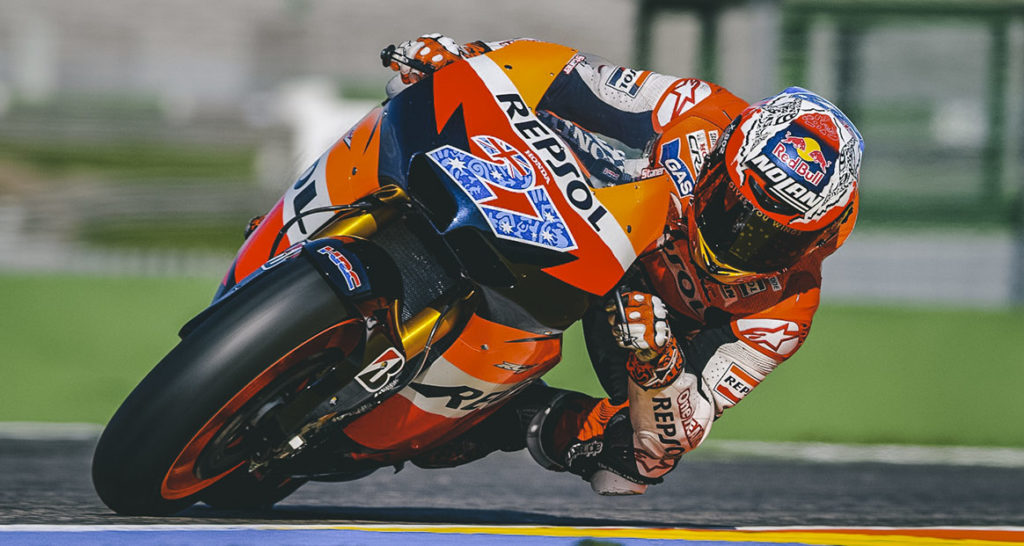
How to ride a motorcycle: Braking with style
Most riders transitioning from asphalt to dirt come with the habit of braking with the front brake.
The ideal braking on dirt is combined braking where we use all three brakes:
The engine brake, with downshifting
The front brake
The rear brake
Not only do we apply all three brakes, but we do it in that order so that first we connect the rear to the ground and then the front.
If we abuse the front brake on the ground it will be very easy to fall.
Sensitivity
One of the additions why great multi-champion Moto GP riders like Marc Márquez or Valentino Rossi usually train on dirt is sensitivity.
Riding on dirt activates your reflexes and gives you a lot of sensitivity on the throttle and brake.
An off-road machine is much more delicate in that sense and the roads won’t forgive you if you don’t find the right point.
In braking, as we have already seen, it is very easy to lock the front wheel if we get carried away with the brake.
While it is not the same, this sensitivity will help you a lot when riding on a street or highway and may even be the difference that helps you avoid a crash.
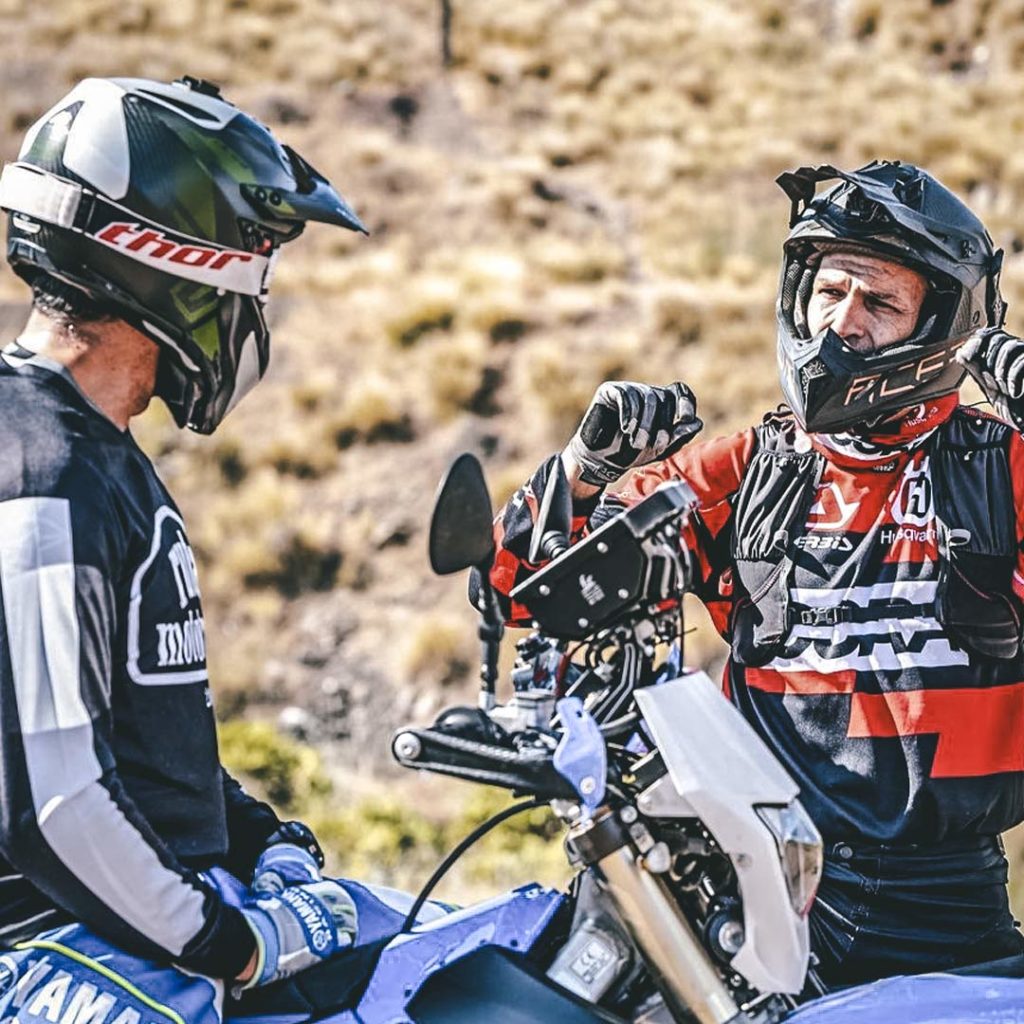
Balance at a slow pace
Several off-road disciplines will give us a plus when it comes to managing balance on the urban bike. Especially if you learn to ride trial, where you will spend a lot of time at low speeds.
You know how common this is in big cities, where headways are short between millions to cars in the busiest hours.
Or on a simple ride with friends, when our idea is to move slowly and enjoy the scenery and the moment.
Learning how to ride a motorcycle by doing motocross, enduro or trial will give you better weight control and balance.
Balance is also key when it comes to making tight turns without losing stability.
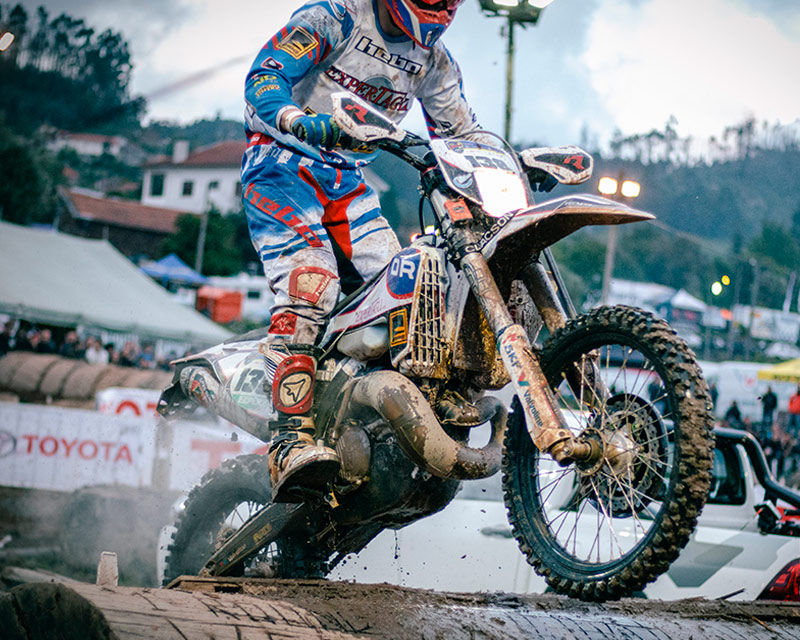
What should you consider when riding off-road?
Whether you already ride a motorcycle or are just about to dive into the dirt bike world, you should always know the basics of riding a motorcycle on dirt.
The world is full of really talented and experienced riders who make basic mistakes.
Polishing the basics and understanding the details (if you’re a natural competitor) will help you not only avoid major blunders but polish those tenths of a second that separate you from victory.
If you pay attention, each key puts you in a better position to reach the end of the race in one piece and be a tad faster than before.
The challenges that await you:
Body position and weight distribution. These are two keys that go hand in hand with an even bigger one: balance. You must also learn to work on it from exercises off the bike, to transfer it more naturally to learning on the bike. In our training app, we work on this, which is one of the most important skills for a rider.
- Braking steps: Engine brake, front brake, rear brake.
- From this, you will be able to move on to more advanced details such as:
- Starting to ride within the forces of inertia.
- Controlling the bike standing or sitting
- Jumping
- Avoiding obstacles
To avoid hazards, when you are still learning how to ride a motorcycle it is important to work on flat surfaces, with few obstacles, and then add difficulty through inclination with ramps, steps, or logs.
What is the best bike for a first time motorcycle rider?
There are many models and different prices, but what you should know when thinking about how to ride a motorcycle is that a four-stroke is a very good option to get you started.
Why? Because it has a more docile and manageable engine. Besides, with this type of vehicle, you have the engine brake, where you can release the gas and the engine slows down on its own.
Two-stroke motorcycles are much more agile, aggressive, and powerful. In general, they require a more advanced level of riding, but this also depends on the sports discipline you choose and the level of demand you sustain.
If you want to move up to hard enduro or high level and strong enduro, a two-stroke will always be better.
You should never forget to set your own goals, which do not depend on external factors such as the bike. Your physical preparation and technical improvements should always be in the foreground, and the POWERING training app takes care of that.
Your machine can be very powerful, but if you don’t know how to ride it, it’s useless.
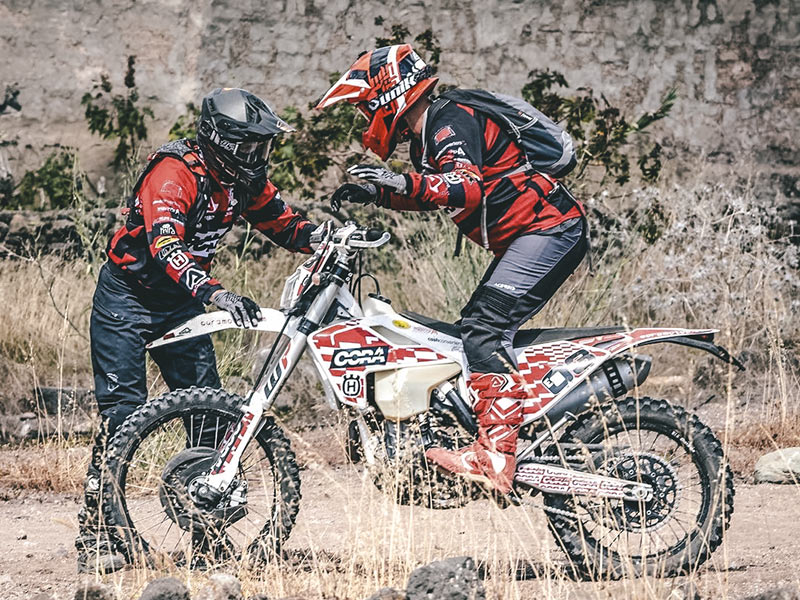
What qualities does your instructor need to have?
- A motorcycle teacher must have a great level of communication, with enormous clarity to be able to transmit concepts.
- Your ideal coach to learn how to ride a motorcycle must be very patient with you and know when to put pressure on the student and when to lower the intensity so as not to saturate him.
- A good dirt bike teacher must be empathetic. He/she must understand what the student is struggling with and knows how to put himself in the student’s place.
- No one should compare themselves to anyone else. Every rider is totally different, some advance at a phenomenal pace, and others need time to adapt and incorporate new movements.
- Not going fast in the first steps doesn’t mean you can’t catch up later and become a great rider.
- A good teacher should identify your mistakes, and help you correct them with motivation and calm.
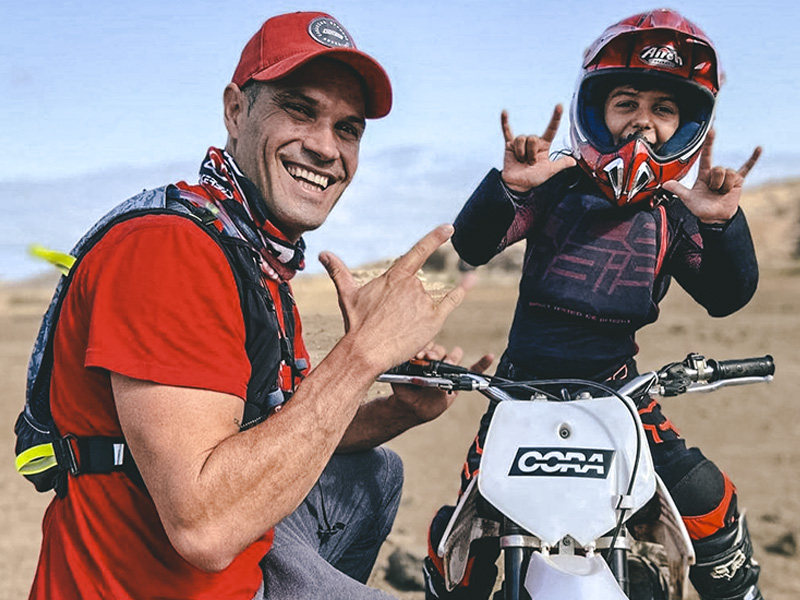
At what age to learn how to ride a motorcycle?
Our recommendation for those who can do it with their children is to start them from the age of five or 1.10mts tall, with the smallest motorcycles on the market.
Most federations allow competition at the age of 7, with the first available federation card.
There are many options of mini dirt bikes for children to practice from a very young age. The important thing is that they are supervised and learn from a competent instructor (yes, I know your dream is to teach your children, but they should also learn from those who know how to teach).
If you are an off-road enthusiast but have never been encouraged, we want to tell you that there is no age limit to be a pilot.
It is full of experiences of students over 60 years old, enjoying themselves at the level of children of four, learning how to ride a motorcycle in general or specifically for off-road.
With the necessary care, the story doesn’t end as quickly as we think. What do you really need? Desire, you should never lose that. Desire to discover new experiences
Trust yourself, empower yourself, prepare yourself physically and go chase your passion.
